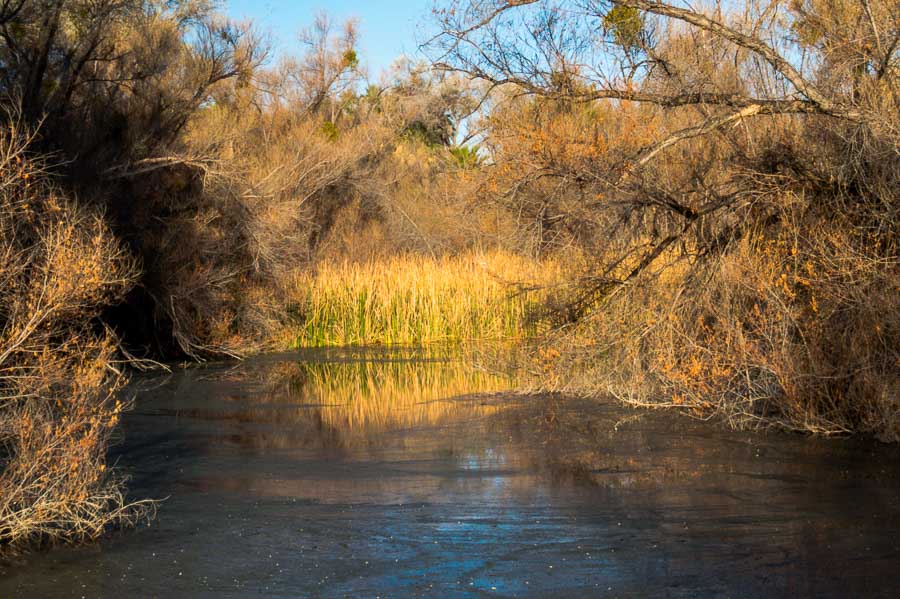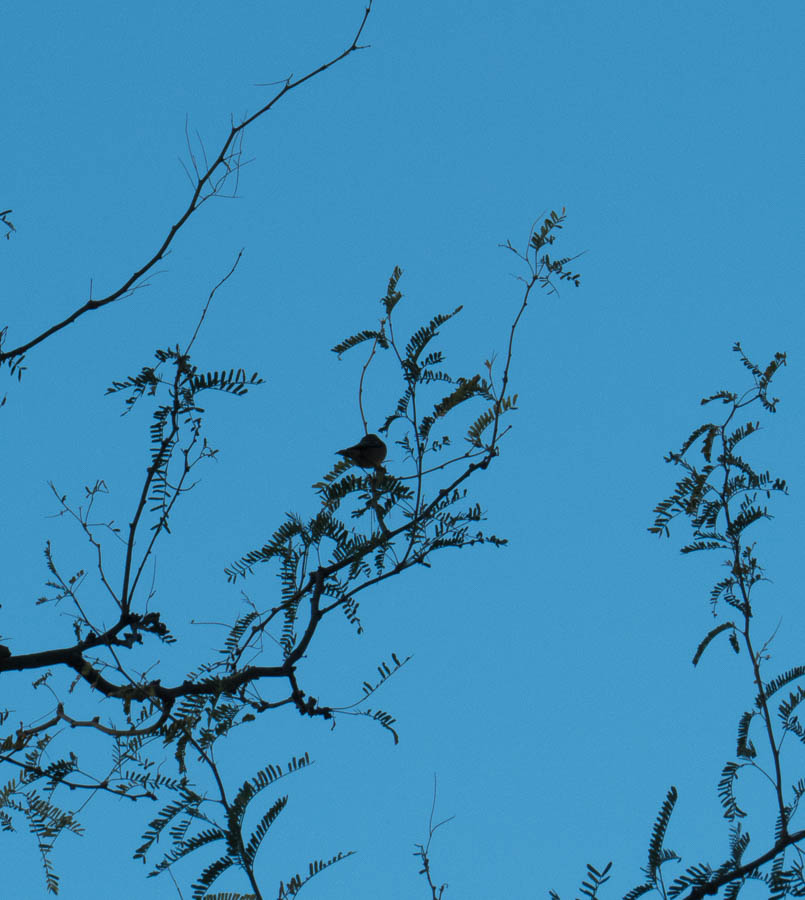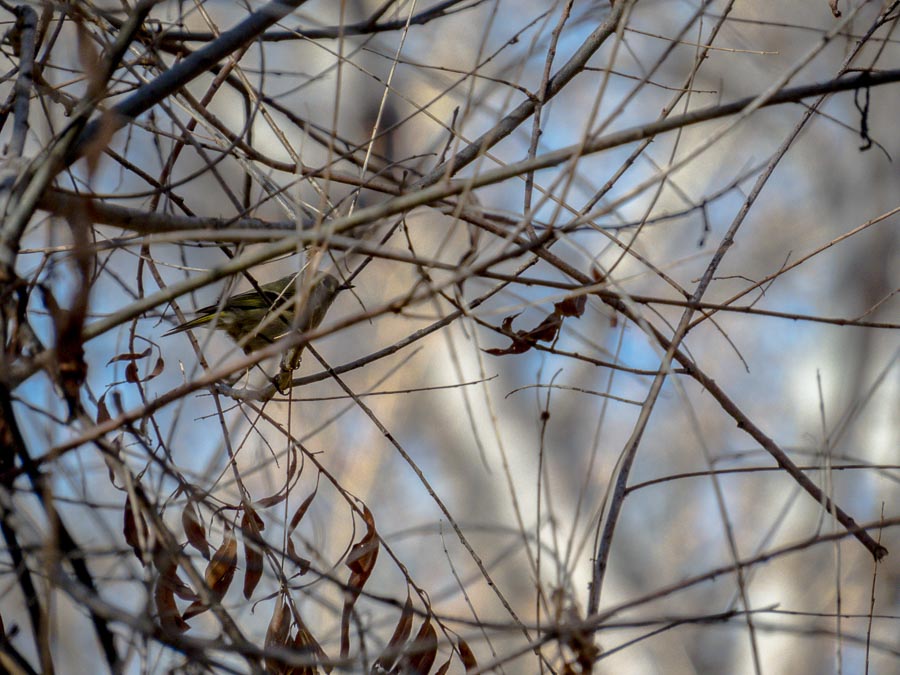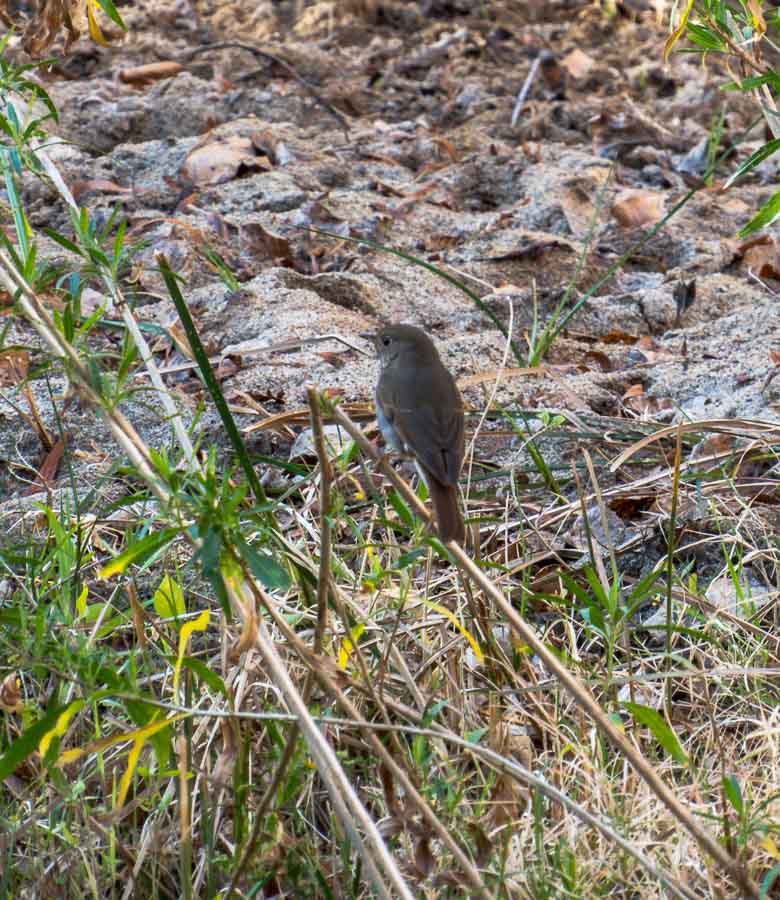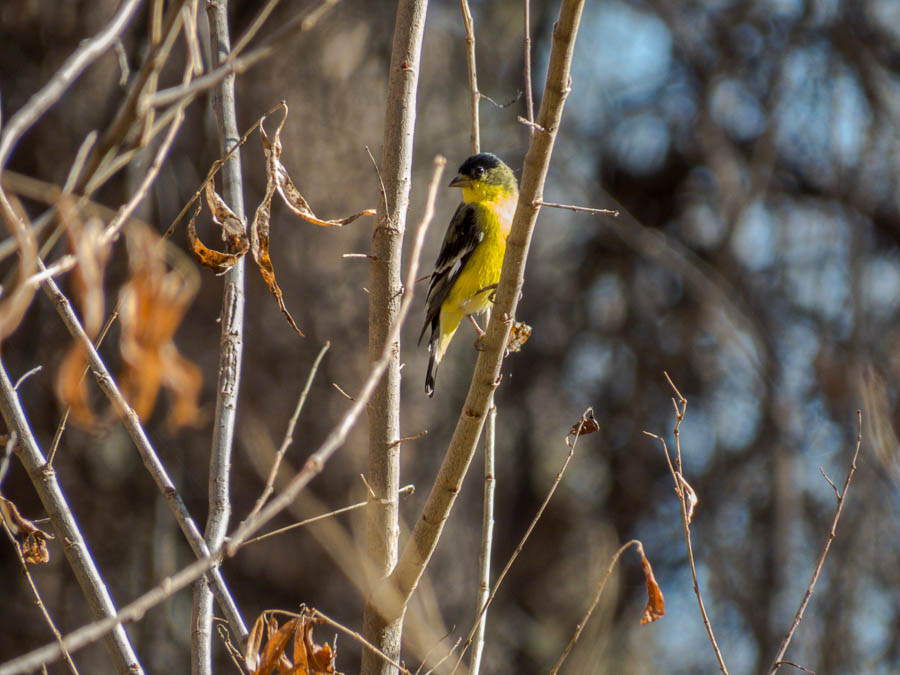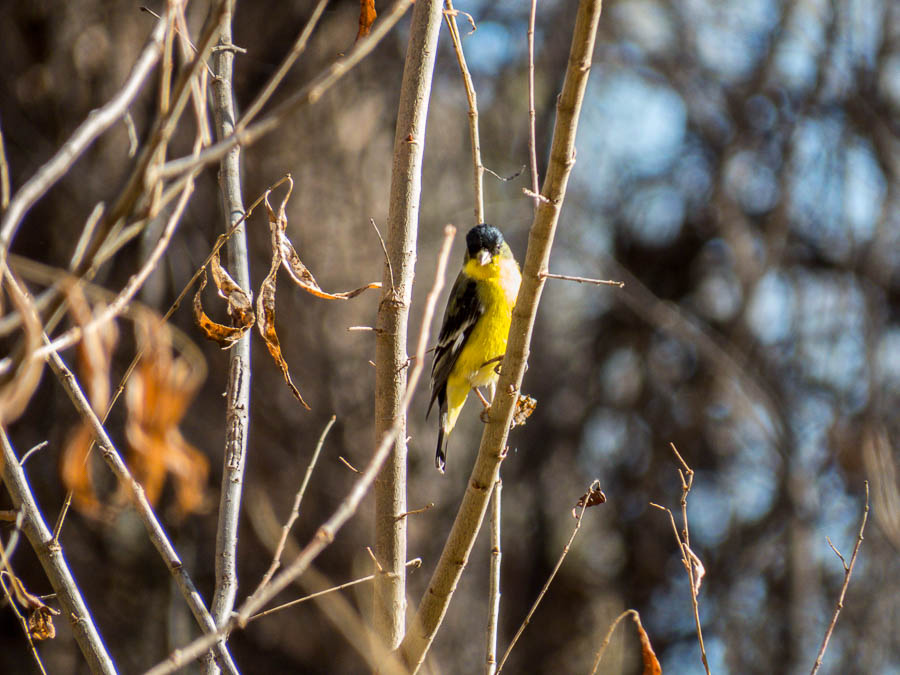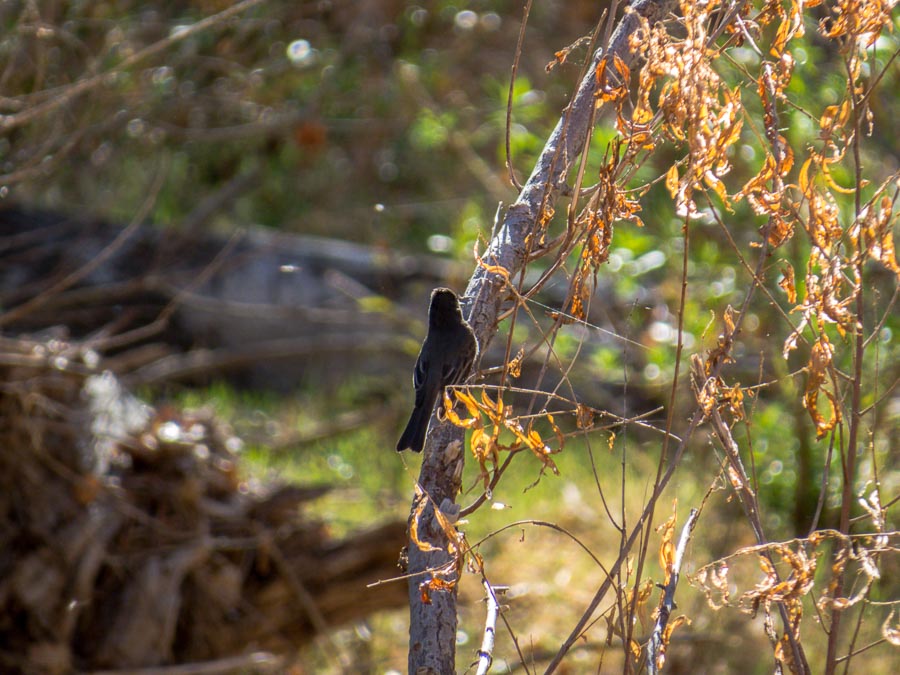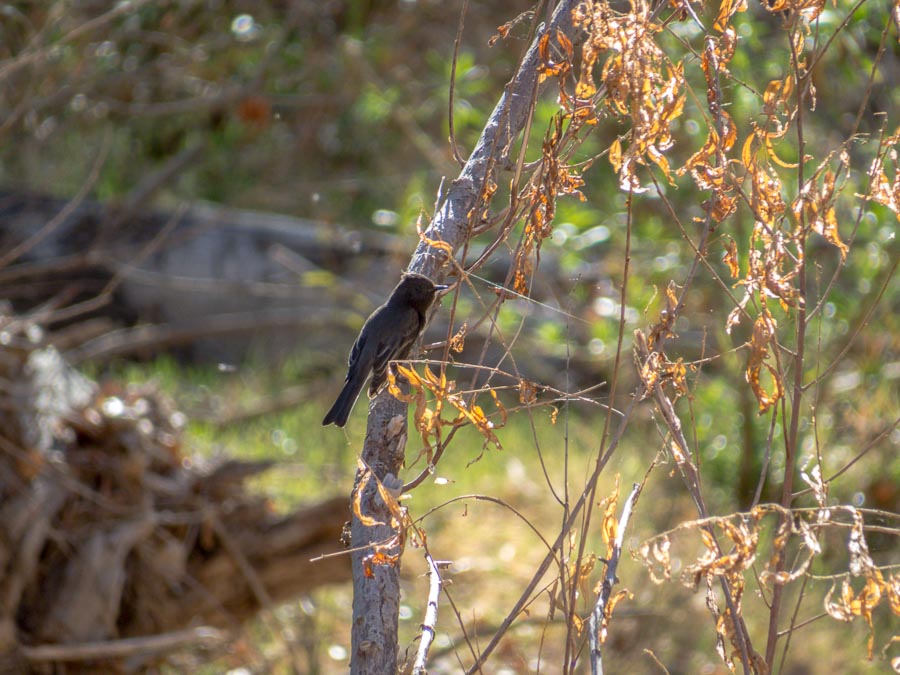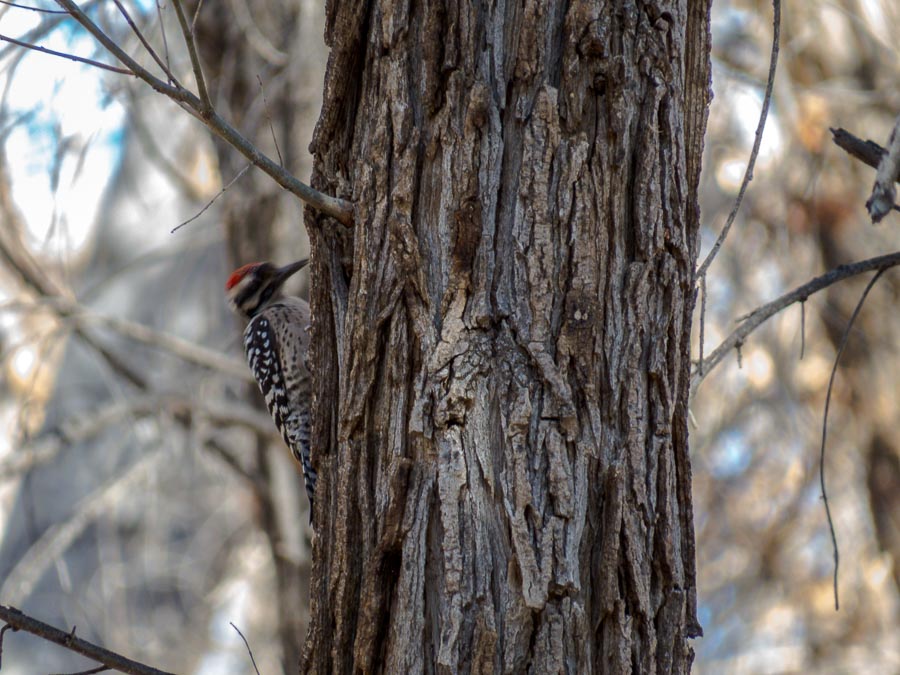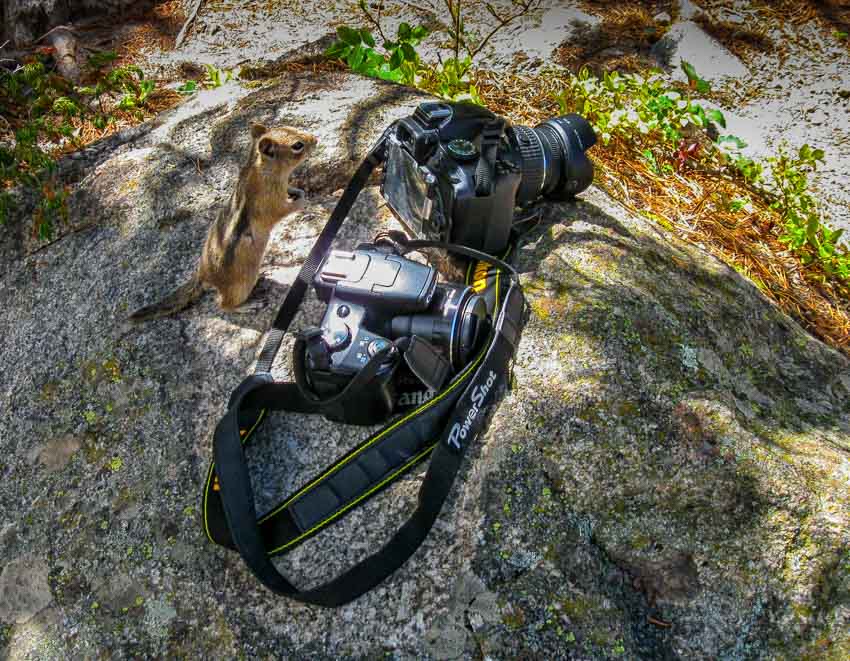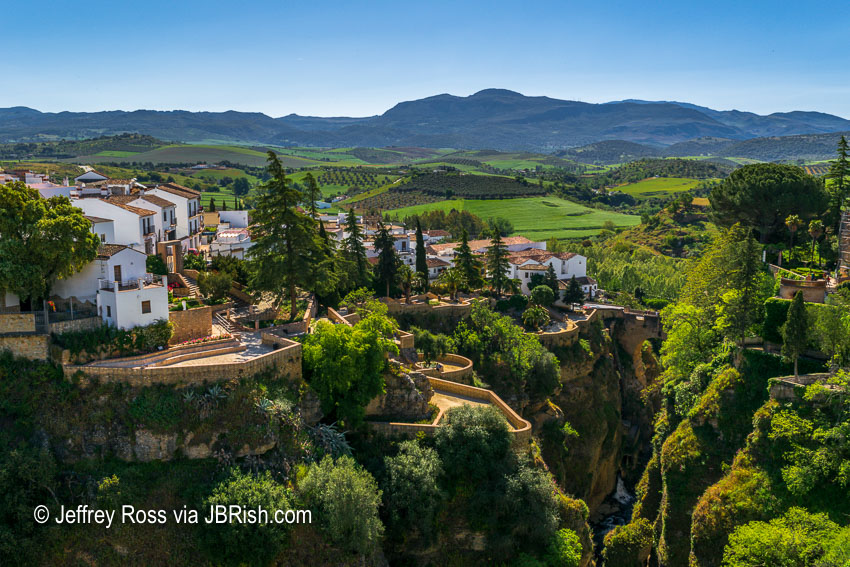
Photograph of Puento Nuevo (New Bridge) in Ronda, Spain
In a previous post, Photography: A Pathway to Creativity, I wrote about how my photography hobby has led me down so many creative, interesting and fulfilling paths. I encourage everyone who may have the slightest inkling to become involved with this dynamic hobby/vocation to do so. Many who have an interest might fear getting starting because they think they lack sufficient knowledge.
Let me tell you, there are plenty of people who are willing to help and guide you. And the good news is that some of the best offer free or very reasonably priced advice and resources, but I don’t want to get ahead of myself here.
Let’s talk cameras…
When digital photography first arrived circa 1989, the quality of the photos were rather poor compared to film cameras. Today, digital cameras have vastly improved an I recommend starting with a digital camera.
There are certain advantages:
- No cost for film
- Once captured digitally, pictures can be enhanced with software
- Storage of images is easy and takes up relatively little physical space
- Most digital cameras are light
- Results of the capture are immediate which allows time to correct exposure, composition, etc. if necessary
The question then becomes which camera should I buy if I am just starting out?
Let me just begin by suggesting that almost any digital camera from a recognized brand will render very good to excellent pictures. When starting out, there needn’t be an investment of large sums of money. My first “real” digital camera was a Nikon D3300 which I still use. I have even sold some images captured with it.
Here is a good article to get you started:
The best camera for photography in 2020: top cameras, whatever your skill level!
NOTE – The Nikon D3500 would be the replacement for my D3300 mentioned above.
If you are interested in a particular camera and want a second opinion, you can check out a couple of other review sites. Ken Rockwell for example, has this to say about the Nikon D3500.
“The Nikon D3500 is Nikon’s newest, lightest and least expensive DSLR. It’s only $450 brand new, complete with a fantastic 18-55mm AF-P VR lens. As you can see at the Sample Images, this lens is all you really need: it’s super sharp and does just about everything well.” https://www.kenrockwell.com/nikon/d3500.htm
You can check out other cameras at Ken’s Website
Another good independent website is DP Review – click on the Reviews tab or the Cameras tab to investigate some options.
I am not recommending or suggesting the purchase of the D3500 or any other particular camera. I am just mentioning it because I am familiar with Nikon’s “beginner” cameras and I have been satisfied with them.
Some will say that gear (type and make of camera) is not important. Well, I disagree with that to a minor extent. It doesn’t matter within a range. Developing the necessary skills is the most important aspect of photography. If I gave a beginner one of the very expensive and top rated cameras, they would have difficulty capturing an excellent photograph with it. I daresay that having a “beginner” camera with some of the necessary skills would probably yield better results.
One of my favorite photographers to follow online who produces much valuable information for free is Scott Bourne. Here is a link to one of his more recent blog posts about the important skills for photographers.
Five Steps Toward Mastering Photography
Once you have purchased a camera, read and studied a bit, the excitement begins!
This is an article just for those starting out in photography. It will give you some idea of how to approach taking pictures and explain some of the key concepts.
7 Key Photography Tips for Absolute Beginners
One last word of guidance if you are interested in photography. Reading and studying are good as far as they go, but to learn the skills necessary you have to get out there and make pictures! Keep your camera with you whenever you can safely do so!
**********
See more photography posts HERE and visit Jeff’s Instagram site HERE
**********
All original content on this blog is copyrighted by Jeffrey B. Ross with ALL Rights Reserved. While reference links back to JBRish.com are appreciated and encouraged, please acquire approval for any reproduction of original content from this website.
©Jeffrey B. Ross – 2018 – JBRish.com
